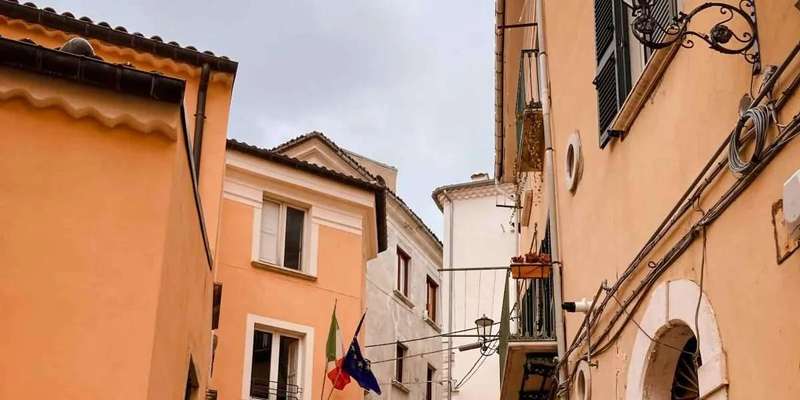- Home
- Useful Tips
- Avoiding tourist traps in...
Wandering through Campobasso's medieval streets should feel like stepping into an authentic Italian fairy tale, yet many visitors leave frustrated after falling into predictable tourist traps. Over 60% of day-trippers report spending precious vacation time in overpriced eateries and crowded souvenir shops, missing the town's true charm. The maze-like alleys around Monforte Castle hide genuine artisan workshops and family-run osterias, but without local knowledge, you risk joining the herds following generic travel pamphlets. This disconnect between expectation and reality leads to what researchers call 'destination dissonance' – that sinking feeling when a place doesn't live up to its promise. In Molise's capital, the stakes are higher: with fewer international visitors than neighboring regions, every meal and activity choice dramatically impacts your experience of Italy's best-kept secret.


Why the main piazza isn't where locals eat
The cobbled expanse of Piazza Vittorio Emanuele II draws visitors like moths to a flame with its postcard-perfect arches and seemingly convenient location. What guidebooks don't mention is that the restaurants here cater primarily to midday tour groups, serving reheated versions of regional dishes at triple the price you'd pay elsewhere. True Campobasso dining happens in the sloping side streets like Via Mazzini, where third-generation butchers age their own meats and trattorias display handwritten menus. Look for places filled with Italian-speaking diners enjoying lengthy lunches – a sure sign of quality in a country where locals never eat badly on purpose. The best spots won't have English menus or touts outside, but a polite 'avete un tavolo?' (do you have a table?) will get you farther than you'd expect.
Timing your castle visit to avoid cruise crowds
Monforte Castle's hilltop position offers breathtaking views across the Molise countryside, but between 10am-2pm it becomes overrun with day-trippers from coastal cruise ports. Savvy travelers reverse their itinerary: start with the lesser-known Museo Sannitico (where 8th-century BC artifacts tell the region's story) when crowds peak, then ascend to the castle around 4pm. Not only will you have the stone ramparts nearly to yourself, but the golden-hour light transforms the pink-hued stone into something magical. The castle's secret? Its western staircase – rarely used by tour groups – where you can admire 15th-century stonework without jostling for space. If visiting weekends, time your descent to coincide with aperitivo hour at tiny Bar del Castello, where €5 buys you a spritz and a front-row seat to local life.
The artisan quarter most tourists miss entirely
Two blocks northeast of the cathedral lies Via Chiarizia, a narrow lane where the rhythmic clang of copper beaters and the scent of freshly tanned leather signal Campobasso's living craftsmanship traditions. Here, workshops producing the town's famous knives and bells open their doors to curious visitors – if you know to look for the small 'bottega' signs. Master blacksmith Marco Di Lallo still forges hunting knives using techniques from the 1700s, while the De Lisio family's bell foundry supplies churches across Europe. These aren't staged demonstrations but real workplaces where you can watch artisans create between morning espresso breaks. Purchasing directly from them means getting heirloom-quality souvenirs while bypassing the inflated prices (and questionable authenticity) of piazza gift shops. Pro tip: Come weekdays before noon when craftsmen are most active.
Where to stay for authentic neighborhood vibes
The accommodation dilemma in Campobasso pits convenient-but-generic hotels against character-filled options requiring local knowledge. Skip the chain properties near the train station and seek out residenze d'epoca – historic homes converted into guesthouses. Places like Palazzo Cannavina immerse you in 19th-century elegance with frescoed ceilings and courtyard gardens, yet cost less than standard hotels. For deeper local connections, agriturismi on the town's outskirts (like Tenuta Colle delle Api) offer organic meals with ingredients from their farms. These choices position you perfectly for early morning walks when the old town's steep stairways belong to bakers and schoolchildren, or evening passeggiatas when families gather in hidden piazzas. The bonus? Hosts at these properties invariably share their favorite under-the-radar spots – the kind that never make it onto review apps but define unforgettable travel moments.
